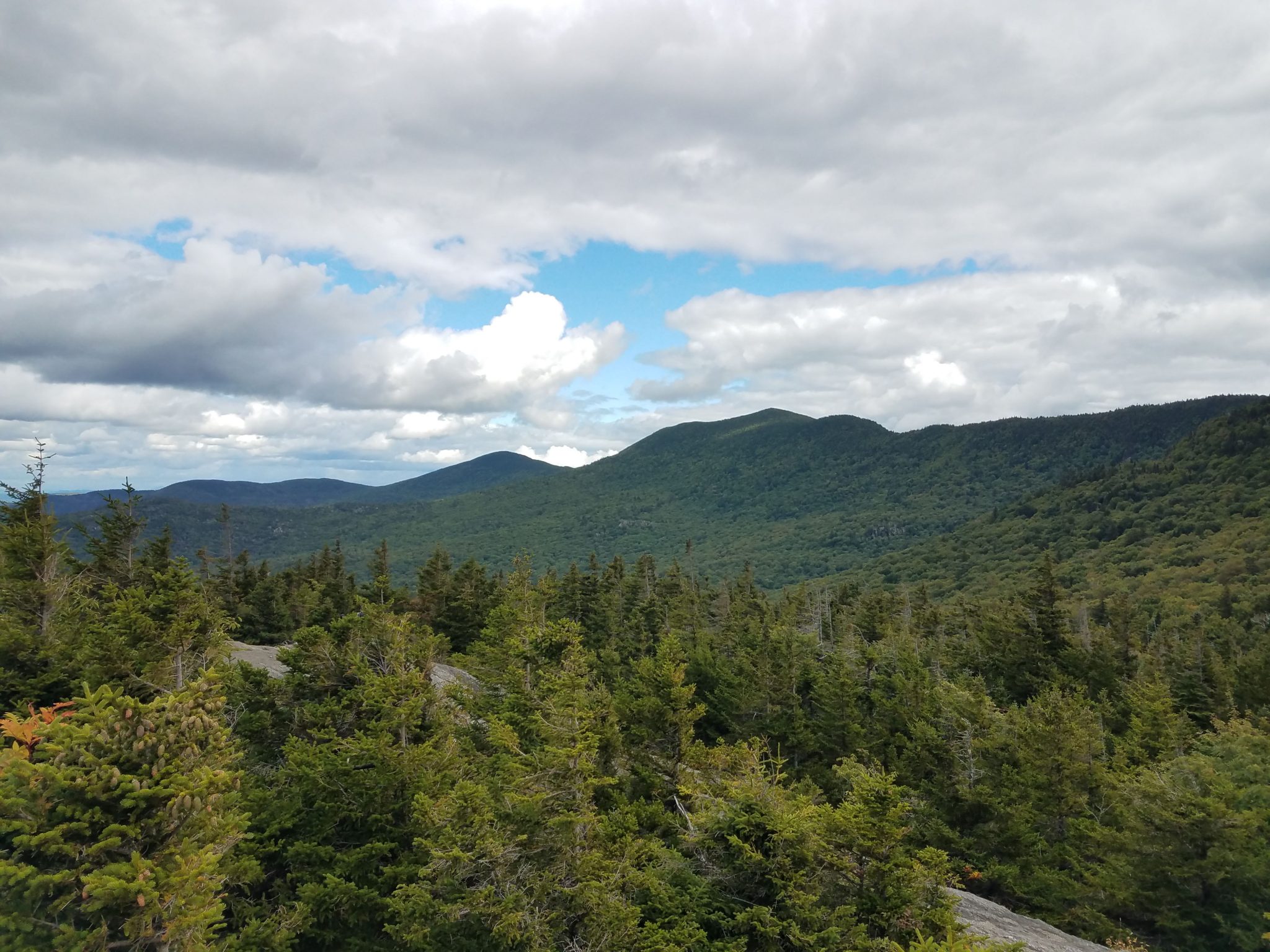Montpelier – Today represents a major win for the future protection of Vermont’s forests, water, wildlife, and community resilience. Gov. Scott allowed H.126, an act related to community resilience and biodiversity protection, to become law following strong votes in both the Vermont House and Senate.
“We applaud the passage of H.126. It recognizes that to protect biodiversity and build climate resilience we must ensure an intact and connected landscape with a mix of management approaches,” said Jamey Fidel, Forest and Wildlife Program Director at Vermont Natural Resources Council. “This bill provides us with a blueprint to maintain ecologically important areas in Vermont. We look forward to working with the Administration and partners to begin this vital conservation work.”
The U.S. Forest Service estimates that Vermont is losing upwards of 12,000 acres of forestland every year. If this rate continues, more than 300,000 acres of Vermont’s forestland may be lost by 2050 with significant negative consequences for ecosystem health, habitat for wildlife species, the ecological viability of natural lands, and our working lands economy. Further, according to the Department of Environmental Conservation, upwards of 75% of Vermont’s rivers are disconnected from their floodplains, exacerbating flood damages in our communities, degrading necessary nutrient cycling, and preventing aquatic organisms from accessing their habitat.
“In the midst of biodiversity collapse and a rapidly-changing climate, the time for strategic investment in conservation of our lands and waters is now,” said Lauren Oates, Director of Policy & Government Relations. “The Nature Conservancy in Vermont is thrilled to see H.126 pass into law, and looks forward to the statewide dialogue around the intersection of biodiversity, climate, and community and how conservation can be a solution for all three.”
H.126, referred to as the “30 x 30” bill, recognizes these challenges by requiring the creation of a statewide conservation plan that elevates conservation as a necessary strategy to promote the health of Vermont’s forests and watersheds, including habitat connectivity, biodiversity protection, outdoor recreation, sustainable forestry, public health and climate resilient communities. To implement the bill, the Vermont Housing & Conservation Board, in partnership with the Agency of Natural Resources, will inventory areas that are currently conserved, and then develop a plan to meet the conservation goals of the statute through a robust public planning process over the next year and a half.
“This bill sets us on an essential path to protect what matters most to Vermonters: healthy ecosystems, vital farms and forests, and clean water,” said Tracy Zschau, Interim President for the Vermont Land Trust. “We thank lawmakers and the Governor for taking this important step.”
“Vermonters deeply value our land, water, and wildlife, and this bill represents a great step forward in ensuring we have a conserved and connected landscape – which is particularly important as we face the twin threats of climate change and biodiversity loss,” said Lauren Hierl, Executive Director of Vermont Conservation Voters.
“Vermont has an important opportunity to bring together a broad mix of voices and ideas as we plan for the future of our state’s green hills and fields, and silver waters – with benefits for birds and the places birds (and people!) need to thrive,” said David Mears, Audubon Vermont Executive Director.
With the bill’s passage into law, the Vermont Housing & Conservation Board will begin the strategic conservation planning effort, in partnership with State agencies, private landowners, land trusts, conservation groups, working lands enterprises, outdoor recreation businesses, planners, Indigenous groups, and the public at-large. This process will determine the tools, programs, and mechanisms needed to advance to conservation of 30% of our land by 2030 and 50% by 2050.
“At a time of urgency, this bill asserts Vermont’s leadership in looking ahead and building a future in which nature and people thrive together,” said Shelby Semmes, Vice President, New England Region of Trust for Public Land.
###




